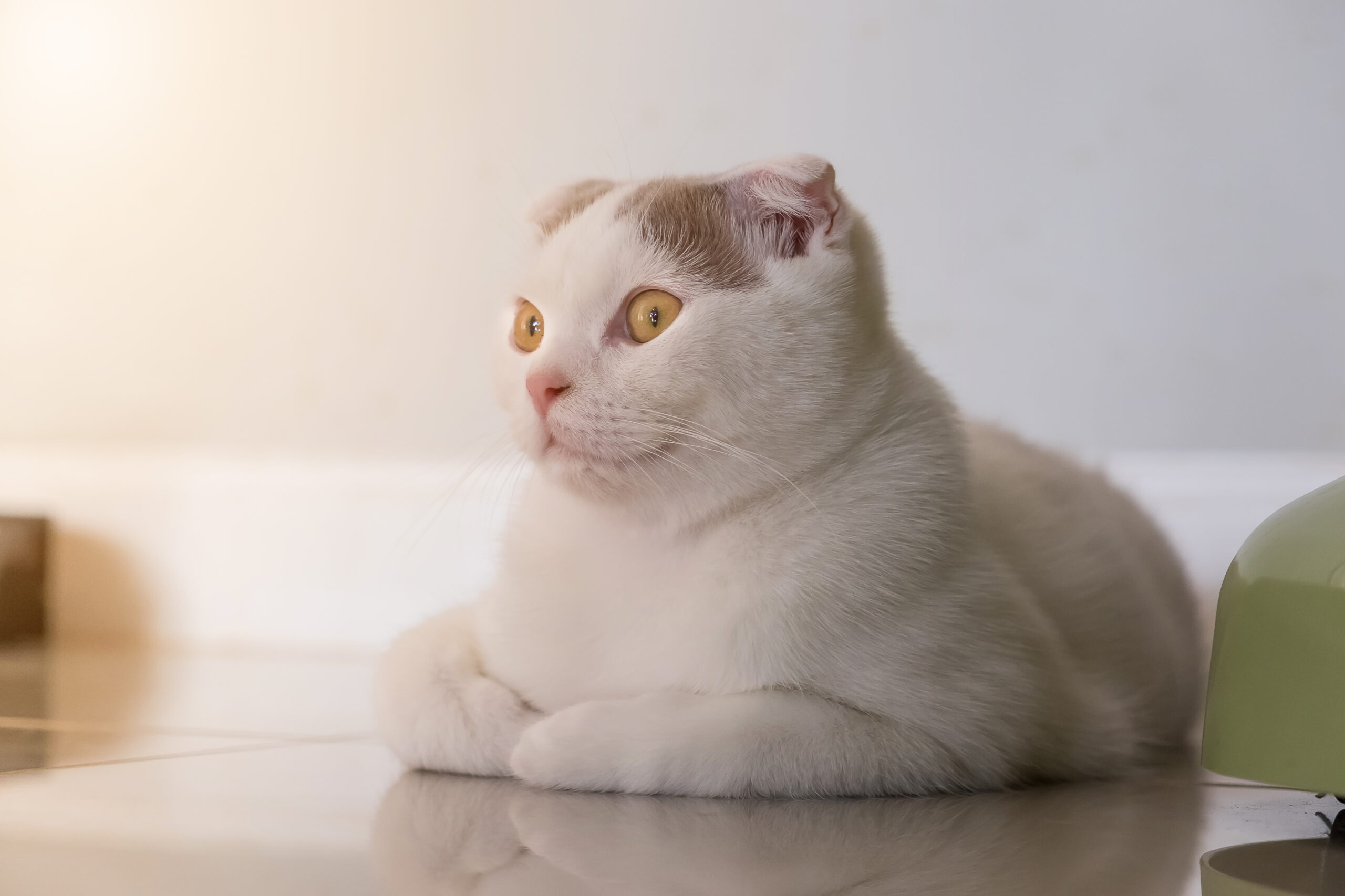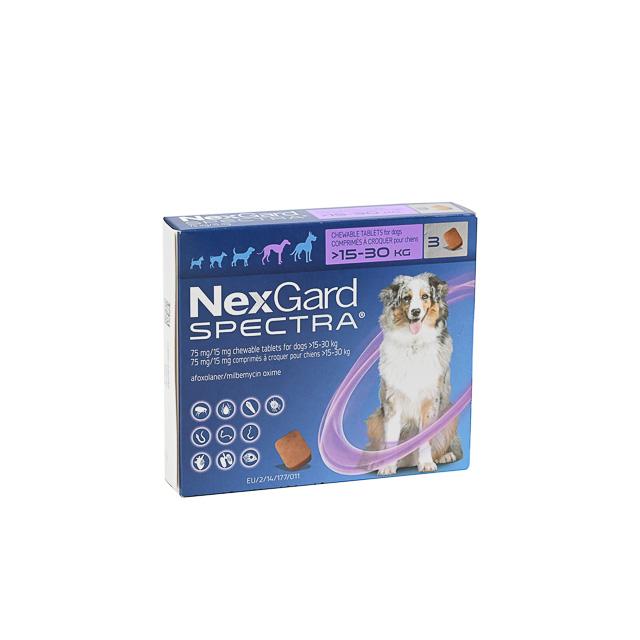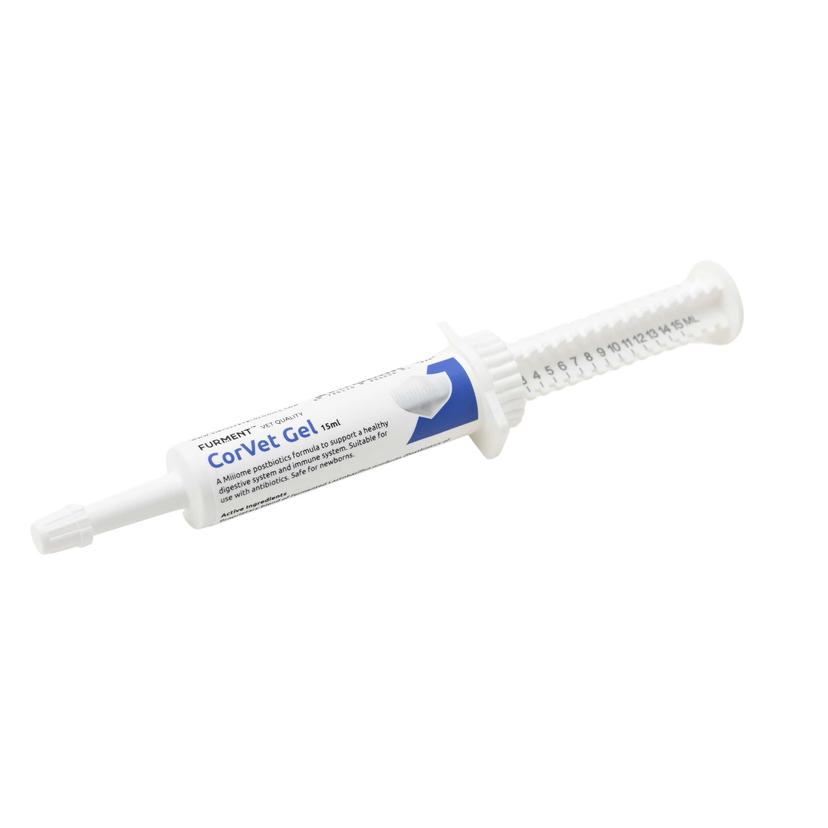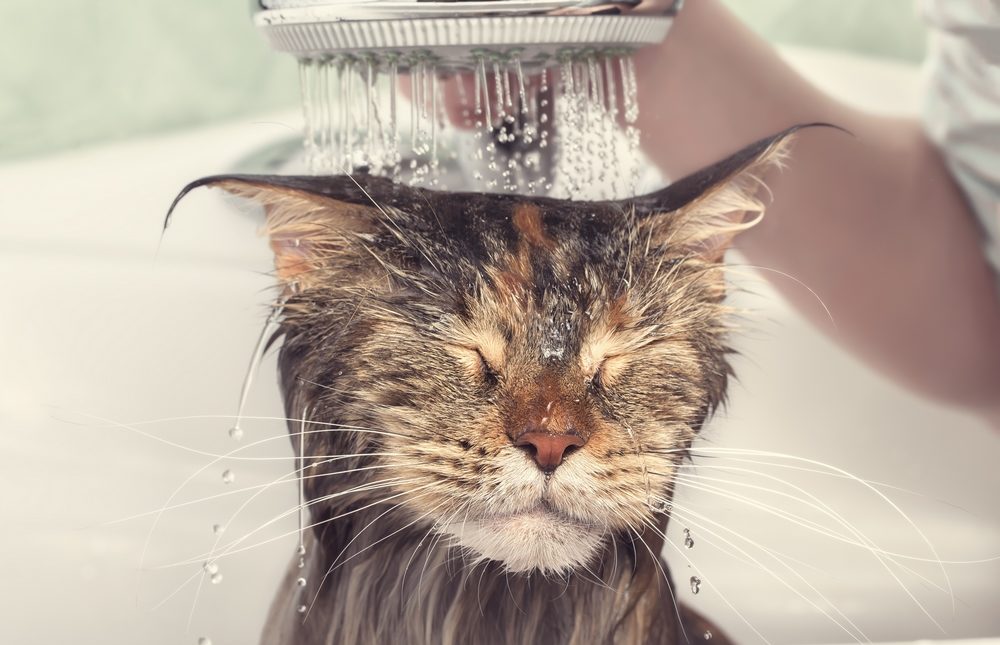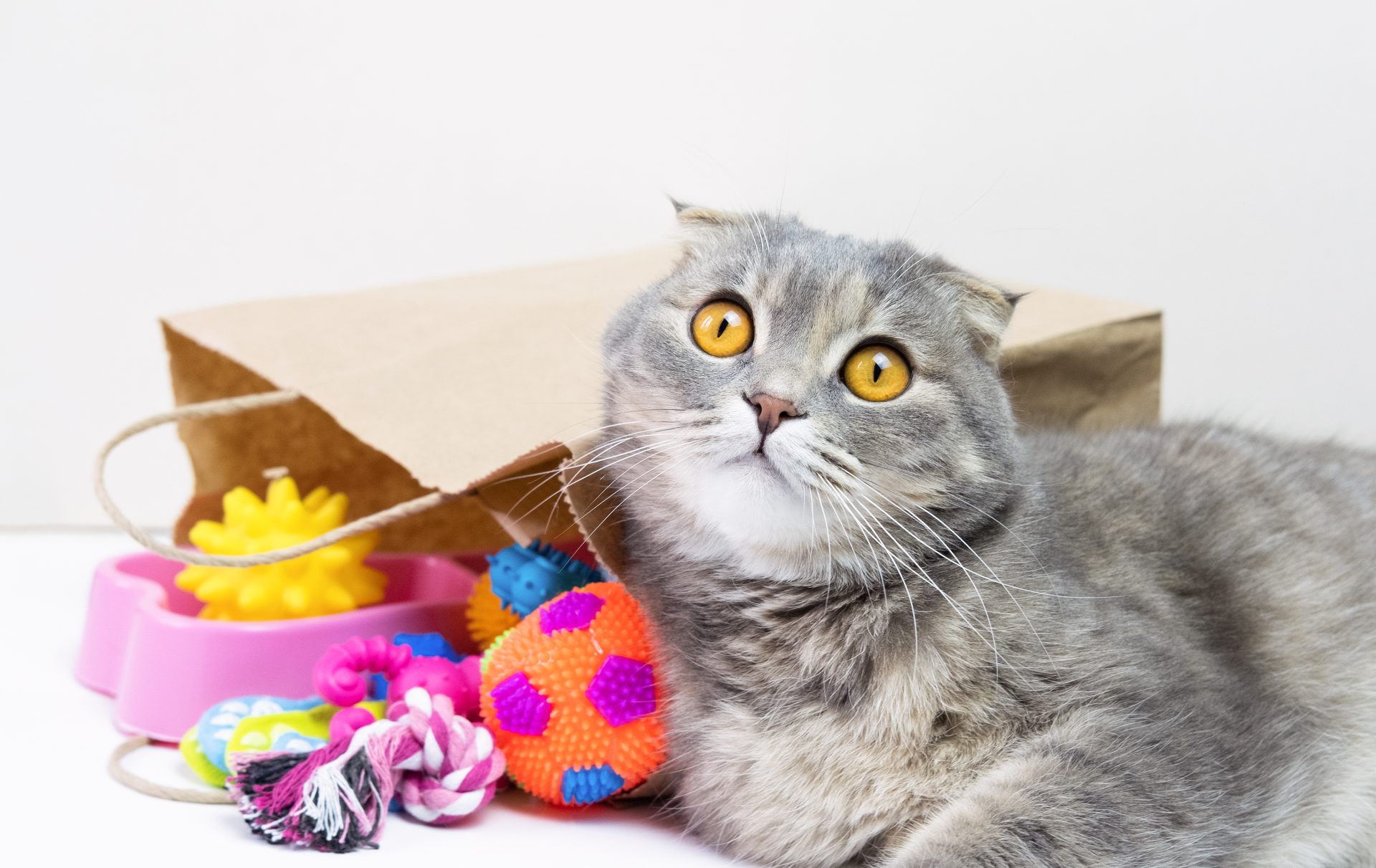Your veterinarian may have just told you that your beloved fur-kid is packin’ some extra weight. You may be wondering if that’s necessarily a bad thing. After all, the extra cushion makes your pet even nicer to hug! Besides, you’ve seen plenty of roly-poly pets outdoors and your furkid looks so svelte in comparison!
Pet obesity is a growing problem. It is considered an epidemic in the United States. In 2018, an estimated 60% of cats and 56% of dogs in the United States were overweight or obese. The situation is similar in Singapore, with one vet clinic estimating that 40% – 50% of the dogs and 20% – 30% of the cats it sees as patients are overweight or obese.
This article will explain the health risks that overweight and obese pets face, how to check if a pet is overweight or obese, and some tips for maintaining a healthy weight in our pets.
Health risks faced by overweight and obese pets
A research study by the WALTHAM Centre for Pet Nutrition and the University of Liverpool examined the records of 50,000 dogs over 20 years. The researchers found that the lifespan of overweight dogs was up to two and a half years shorter when compared to dogs with a healthy body weight.
Cats are not exempt! A 2.8-fold increase in mortality has been shown in obese cats (8-12 years old) compared to lean cats.
1. Shorter life-span
A research study by the WALTHAM Centre for Pet Nutrition and the University of Liverpool examined the records of 50,000 dogs over 20 years. The researchers found that the lifespan of overweight dogs was up to two and a half years shorter when compared to dogs with a healthy body weight.
Cats are not exempt! A 2.8-fold increase in mortality has been shown in obese cats (8-12 years old) compared to lean cats.
2. Asthma
The American Veterinary Medical Association (AVMA) states that “obesity is Asthma refers to an acute or chronic inflammation of the airways. Inflammation narrows the airways, leading to breathing issues. When a pet has extra weight, the extra fat cells produce substances that increase inflammation, including in the airways. Thus, overweight and obese pets are predisposed to asthma.
3. Diabetes
Insulin is a key factor in regulating blood sugar. Insulin helps blood sugar to enter the body’s cells so it can be used for energy. When cells become insulin resistant or when the body is unable to produce insulin, a pet will get diabetes.The American Veterinary Medical Association (AVMA) states that “obesity is a significant risk factor for development of diabetes in cats and dogs”. This claim is supported by research. According to a 2021 paper in the Journal of Feline Medicine and Surgery, “obesity in cats leads to insulin resistance via multiple mechanisms, with each excess kilogram of body weight resulting in a 30% decline in insulin sensitivity.”
4. Arthritis
Increased weight causes more burden on a pet’s joints, leading to physical wear and tear and causing arthritis. Also, a hormone called leptin is produced by fat cells and causes inflammation when it infiltrates joints, causing joint damage. According to research, overweight or obese dogs are 2.3 times more likely to be diagnosed with arthritis. Overweight/obese cats were twice as likely to develop signs of arthritis than cats that were not overweight.
How do I tell if my pet is overweight or obese?
When in doubt, it is always best to get a vet to check your pet. However, there is also a handy tool called the “Body Condition Score (BCS)” chart that will help you to assess your pet!
Veterinarians usually use two types of scales for cats and dogs. A 1-5 BCS scale and a 1-9 BCS scale. The 1-9 scale is generally preferred as it is more in-depth. Here are examples of the 1-9 BCS scales:

How to Interpret the Body Condition Score chart
We use the following pointers to assess a pet’s weight:
1. Feeling the Backbone
Pat your cat or dog and run your fingers from neck to tail, and run your hands over the hip bones. You should be able to feel bone without pressing too hard. However, these bones should not be prominent either.
2. Feeling the Ribcage
When running your hands along your pet’s ribcage, your pet’s ribs should feel like the back of your hand. You should be able to feel the ribs, but they should not be prominently visible.
3. Presence of a Waist
When your pet is viewed from the top, they should have a visible waist and it should be narrower than the width of their ribcage.
The ideal body condition score in pets is 4-5/9.
Tips for Maintaining a Healthy Weight in Pets
1. Weigh your pet regularly
It is recommended to weigh your pet with a scale at least once a week, to check for any upward or downward trends. You can do so by weighing yourself on your weighing scale while carrying your pet, then weighing yourself and subtracting the difference.
2. Feed your Pet according to Feeding Bag Label
Most labels will come with guidelines on the amount of food that you should feed your pet to maintain an ideal weight.
3. Minimise Treats and Snacks
Treats and snacks are usually a major contributor to weight gain. Even if it looks like you are feeding a small amount each time, these small amounts add up over time to contribute quite a few calories! Keep track of who is feeding treats, what they are feeding and how much.
4. Know Who is Feeding Your Pet
The best-laid weight management plans can go to waste if your pet’s happily accepting goodies from other family members! If you think your pet might be getting a little pudgy, talk to your family members and make sure that there is only one person in charge of feeding your fur-child.
5. Feed Your Pets Separately
If you have multiple pets at home, one pet will inevitably try to steal food from the other. This sometimes results in some of your pets gaining weight and and your other pets losing weight!
This can be fixed by feeding your pets at separate times. If it really is more convenient to feed your pets at the same time, make sure to monitor your pets and stop them from stealing one another’s food!
6. Feed your pet fixed meals, instead of leaving food out over the day
Cats and dogs do not consciously limit how much they eat. This causes them to over-eat and gain weight. If your pet is getting a little pudgy and you are leaving out food, consider feeding them fixed meals instead!
7. Exercise your Pet
Ensure that your pet dog gets walked at least 2-3 times for 10-15 minutes per walk. For cats, you can get them to lose weight by playing with them in the house. However, please check with your usual veterinarian first for approval, as your pet may have underlying health conditions that require exercise restriction!
I have been doing all of the above, but my pet still looks fat! Help me!
If you need further advice on weight loss, you can talk to one of our trusty ZumVets over a video consultation to come up with a personalised weight loss plan! Book a video consultation with a vet now at zumvet.com.


